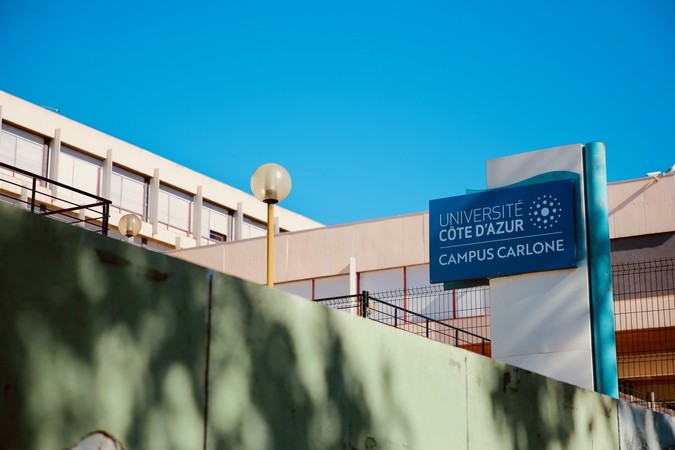This protocol, developed as part of the EMC² research project, provides a four-step procedure for acquiring, processing, and analyzing geospatial data from OpenStreetMap (OSM) and Global Human Settlement (GHS) data using Python and associated libraries. The PPCA protocol aims at evaluating population potentials within specified pedestrian catchment areas globally, requiring only bounding box coordinates for the area of interest.
About the PPCA Protocol
The protocol is divided into four main steps:
- Data Acquisition and Filtering:
- Authentication with Google Earth Engine to download GHS raster data.
- Conversion of raster data to vector format.
- Extraction and filtering of OSM data for buildings, streets, and land use.
- Residential Buildings Classification:
- Creation of a column ‘type’ within OSM building data for residential or mixed-use buildings.
- Refinement of the classification using a Decision Tree Classifier to estimate missing values.
- Morphometry and Floor Classification:
- Estimation of missing ‘height’ and ‘floor’ values for residential buildings.
- Calculation of various morphometric indicators.
- Prediction of missing floor values using a Decision Tree Classifier.
- Population Potential Estimation:
- Estimation of population distribution within residential buildings based on floor area.
- Integration of population estimates into a pedestrian street network analysis.
Each step outputs cleaned and processed geospatial data in the form of geopackage files, facilitating further analysis and mapping.
Installation and Usage
To run the PPCA protocol, follow these steps:
- Install the Anaconda distribution of Python.
- Create and activate a specific environment using the provided settings on the GitHub page of the protocol
- Run the related Python scripts for each step of the protocol.
Detailed installation instructions and the protocol’s code are available on GitHub: PPCA Worldwide Protocol.
Acknowledgement
This resource was produced within the EMC² project, funded by ANR (France), FFG (Austria), MUR (Italy), and Vinnova (Sweden) under the Driving Urban Transition Partnership, co-funded by the European Commission. The resource is licensed under the CC-BY-SA-4.0 license.
For more information and to access the repository, please visit the PPCA Worldwide Protocol on GitHub.

